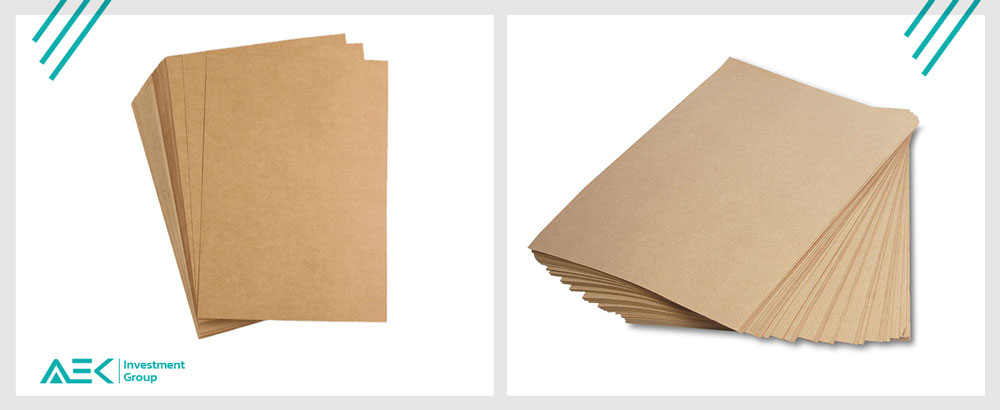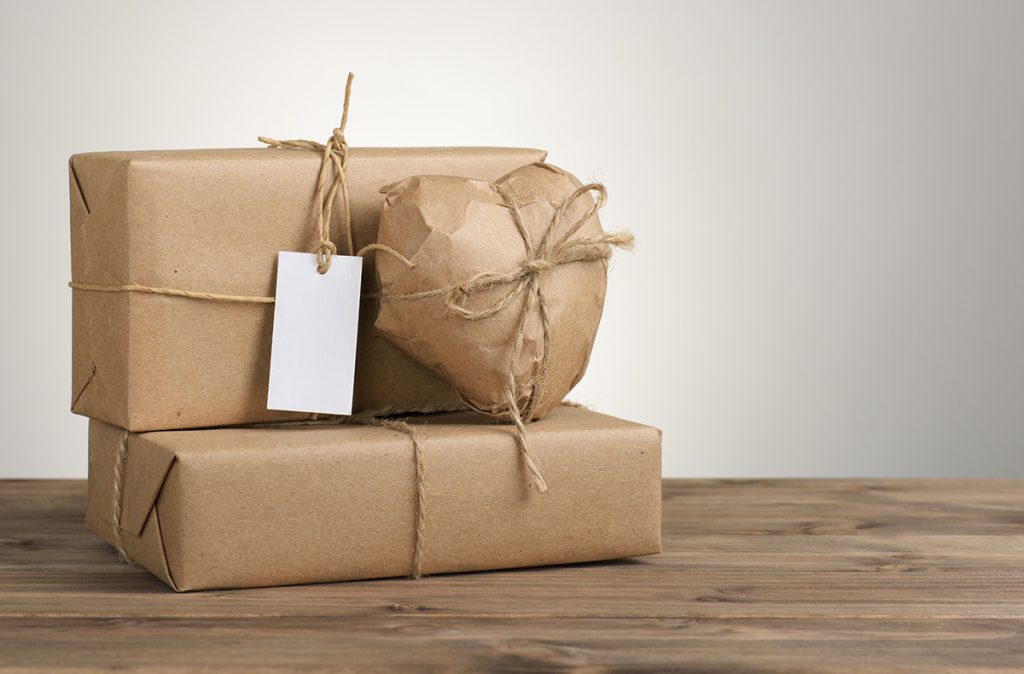
History of Paper
October 22, 2022
Kraft paper
Was invented in 1879 by an individual named Carl Dahl. He chose to give his newly created paper the name “kraft” – the German word for strong.
You may not realize it, but kraft paper packaging is already a well-known part of the printing and packaging world. From serving as a strong filler in the packages you receive, to eloquently wrapping gift boxes, it’s hard to find a package that doesn’t use this durable paper in some form or fashion when it comes to sustainable and eco-friendly packaging.
But how did it come about?
Paper involves a process that converts wood into wood pulp and from there, into paper. Wood pulp is held together by lignin, which is a type of cellular structure, and cellulose. Lignin, owing to its structure, doesn’t exactly make a good paper, but cellulose does. That means there needed to be a way to separate the lignin from the cellulose.
What Mr. Dahl discovered was that if he “cooked” the wood chips in a chemical composition made up of sodium sulfide and sodium hydroxide, those tough lignin fibers would break down and break apart from the cellulose. From there, the remnants could be screened through a mesh to remove larger pieces and then made into paper.
Now, although this cooking process separates the lignin and the cellulose, it doesn’t remove them all entirely. This is how kraft paper remains so strong. There’s still lignin content in the paper pulp mixture, and there’s also a lot of sulfur in the mix. Both of these components together add to the strength of kraft paper.
The color of brown kraft paper comes as a natural product from the wood pulp. If this paper were to be bleached, that would not only increase the cost to produce it, but would also weaken it by destroying those fibers that make it as durable as it is. It is, however, possible to have bleached (white) kraft paper that is stronger than conventional paper. Bleached kraft paper is also important if you want to protect your product packaging against yellowing over time.
So what are the benefits to using kraft paper in your product packaging? Here are just a few reasons to consider making kraft paper your packaging of choice.

Brown Kraft Paper is Good for the Environment
Unlike the processing that occurs with regular paper manufacturing and printing, kraft paper follows a much simpler process using fewer chemicals. In addition, these chemicals can be recovered, recycled and reused without any loss in quality. The remaining byproducts of the kraft process are tall oil and turpentine, which can be used in the manufacturing processes of other items.
It can also be made from different kinds of wood. Certain woods like bamboo and pine aren’t often used in the making of traditional paper. Pine is too resinous and bamboo takes a long time to be correctly processed which makes it cost prohibitive for most ordinary uses. However, both of these types of common woods make excellent use of the kraft paper process.
In the end, brown kraft paper and the process that goes into making it is self-sustaining and for those parts that aren’t, they can be reused, making it a great option for businesses that need durability but still want to highlight their green manufacturing processes.
Qualities
- Normal kraft paper is strong and relatively coarse. It has high tensile strength. The grammage is normally 40–135 g/m2.
- Sack kraft paper, or just sack paper, is a porous kraft paper with high elasticity and high tear resistance, designed for packaging products with high demands for strength and durability.
- Absorbent kraft paper is made with controlled absorbency (i.e. a high degree of porosity). It is made of clean low kappa hardwood kraft and has to have a good uniformity and formation.
- Spinning kraft paper is an especially strong type of kraft paper with relatively low grammage (40 g/m2). This paper requires the best possible machine direction strength and cross machine elongation. This is done by high fiber orientation on the paper machine.
- Hunting cartridge paper is a kraft paper used in shotgun shells. This paper needs a high tensile strength in the machine direction, which is the axial direction of the cartridges. In the cross direction, the cartridge is supported by the gun-pipe, but a sufficient elongation is needed. The body of the cartridge is wound of a kraft paper of 80–120 g/m2, which is further covered by an outer sheet of 60–80 g/m2 with colour and printing.
- Candy wrapping paper and twisting paper are thin 30–40 g/m2 kraft papers and are mostly flexo or offset printed. These papers require a good strength, with highly oriented fibers. Twisting paper is mostly opaque and often supercalendered.



